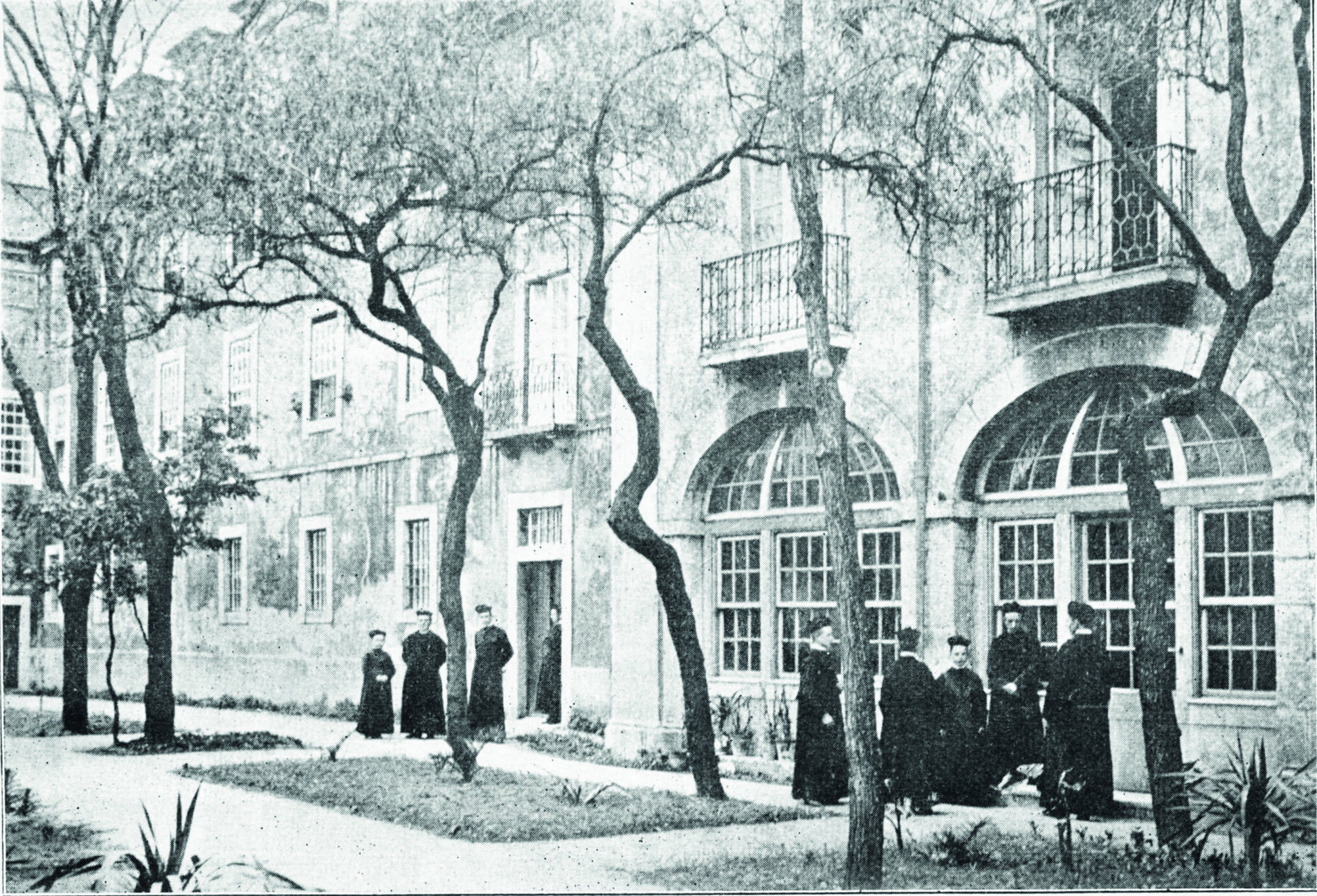<em>The English College at Lisbon 1622-1972</em>, by Simon Johnson<br>Gracewing, £25, 272 pages
The relationship between Britain and Portugal is often claimed to be the longest-lasting diplomatic alliance in the world. From the Treaty of Windsor in 1386 onwards, the two countries have been close allies. John I married Philippa of Lancaster; their son Henry the Navigator gave Portugal the impetus for its global exploration.
Britain got a perpetual ally against Spain, Bombay (hence India), and an alternative supply during the frequent interruptions of French wine imports. Who gave to whom small custard tarts is a matter of some dispute between the countries to this day.
A relationship of nearly 640 years cannot help but leave its mark, and the presence of British families across those six centuries is a constant. It isn’t only the great port wine houses in the northern city of Porto, but descendants of the O’Neills who sought refuge after their persecution in Ireland at the beginning of the 17th century, and later Anglo-Portuguese families who became so significant that Lisbon boasts its own English cemetery.
The English presence had a particular institutional form for 350 years in the English College at Lisbon, which trained and formed priests for the Catholic Church back home. Less well known than the Venerable English College in Rome, smaller than the Royal English College of St Alban in Valladolid, Spain, it nonetheless produced hundreds of priests for the English mission “for the final end and perfection of the Apostolic life”.
Like all the overseas seminaries, its hist-ory was not without challenges and there were times when it seemed it had been snuffed out by a combination of espionage, incompetence and rivalry, war and revolution. Still, from its foundation in 1622 until the last few students were dispersed in 1971, the influence of os Inglesinhos – “the little Englishmen” – on both Lisbon and the English Church was disproportionate to their numbers.
The story of these men and the college that formed them deserves a wider audience and, in Simon Johnson’s new history of the College there is perhaps the chance that this will happen. Beautifully produced, it is a book for the casual reader as well as the professional historian and is certainly worth its modest cover price.
The tendency for such histories to be little more than a relentless succession of names and dates, or to relate enthusiasm for events the significance of which is obvious only to the esoteric few, is throughout eschewed as Dr Johnson relates a fascinating story of perhaps the least well known of the overseas seminaries that formed the secular clergy of England for the greater part of the last 400 years.
The intrigue of its early years, with the competing claims of seculars and regulars to control, fear of English government spies during penal times and the complex relationship with the Portuguese and the Portuguese Church are handled deftly. The complexities of relationships with the English hierarchy reveal a determination in the College presidents to ensure that the men sent for formation there were adequately provided for, even if at times it was close to impossible to keep the place properly staffed.
Johnson reveals the importance of the College in the negotiations over the marriage of Charles II to Catherine of Braganza, and shows how the challenges of the Lisbon earthquake of 1755 and the Napoleonic invasions half a century later were overcome by a rare combination of what we would today call networking and, frankly, sheer bloody-mindedness.
The 20th century brought regicide, an anti-clerical revolution and half a century of authoritarian rule; by the time Salazar died in 1968 his country was increasingly left out of the prosperity that was transforming the rest of Europe. If Portugal had not changed, England had, and with it the English Church. In the aftermath of the Second Vatican Council, vocations to the priesthood had passed their post-war peak, and six years in Lisbon seemed inadequate preparation for the pastoral realities of modern Britain.
In 1971, the last president, Mgr James Sullivan, bowed to the inevitable and the bishops decided to disperse the 15 remaining students. The story might well have ended there, save for Sullivan’s determination that the legacy
should not be squandered. The Carnation Revolution of 1974 threatened the fabric of the College but, once again, the excellent relationship between the little Englishmen and the Portuguese people prevented sequestration (or worse).
Fifty years on, there are few Inglesinhos left, and the college buildings have been sold. Nevertheless, Simon Johnson’s book should ensure the English College at Lisbon is not soon forgotten.
<em>The Revd Dr Stephen Morgan is Rector of the University of St Joseph, Macau</em>
<strong><strong><strong><strong>This article originally appeared in the May 2024 issue of the <em>Catholic Herald</em>. To subscribe to our award-winning, thought-provoking magazine and have independent and high-calibre counter-cultural Catholic journalism delivered to your door anywhere in the world click</strong> <mark style="background-color:rgba(0, 0, 0, 0)" class="has-inline-color has-vivid-cyan-blue-color"><a href="https://catholicherald.co.uk/subscribe/?swcfpc=1">h</a></mark><a href="https://catholicherald.co.uk/subscribe/?swcfpc=1"><mark style="background-color:rgba(0, 0, 0, 0)" class="has-inline-color has-vivid-cyan-blue-color">ere</mark></a>.</strong></strong></strong>



